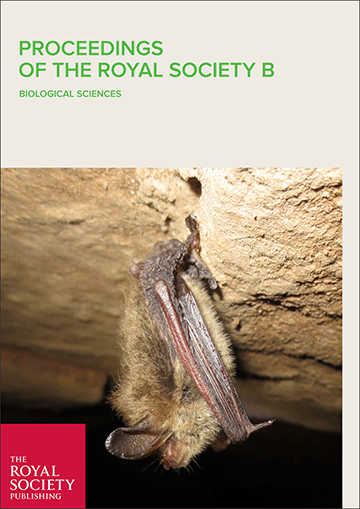Changes in lunar illumination alter the balance of risks and opportunities for animals, influencing activity patterns and species interactions. We examined if and how terrestrial mammals respond to the lunar cycle in some of the darkest places: the floors of tropical forests. We analysed long-term camera trapping data on 86 mammal species from 17 protected forests on three continents. Conservative categorization of activity during the night revealed pronounced avoidance of moonlight (lunar phobia) in 12 species, compared with pronounced attraction to moonlight (lunar philia) in only three species. However, half of all species in our study responded to lunar phases, either changing how nocturnal they were, altering their overall level of activity, or both. Avoidance of full moon was more common, exhibited by 30% of all species compared with 20% of species that exhibited attraction. Nocturnal species, especially rodents, were over-represented among species that avoided full moon. Artiodactyla were more prominent among species attracted to full moon. Our findings indicate that lunar phases influence animal behaviour even beneath the forest canopy. Such impacts may be exacerbated in degraded and fragmented forests. Our study offers a baseline representing relatively intact and well-protected contexts together with an intuitive approach for detecting activity shifts in response to environmental change.
DOI:
https://doi.org/10.1098/rspb.2024.0683
Puntuación Altmetric:
Dimensiones Recuento de citas:



















